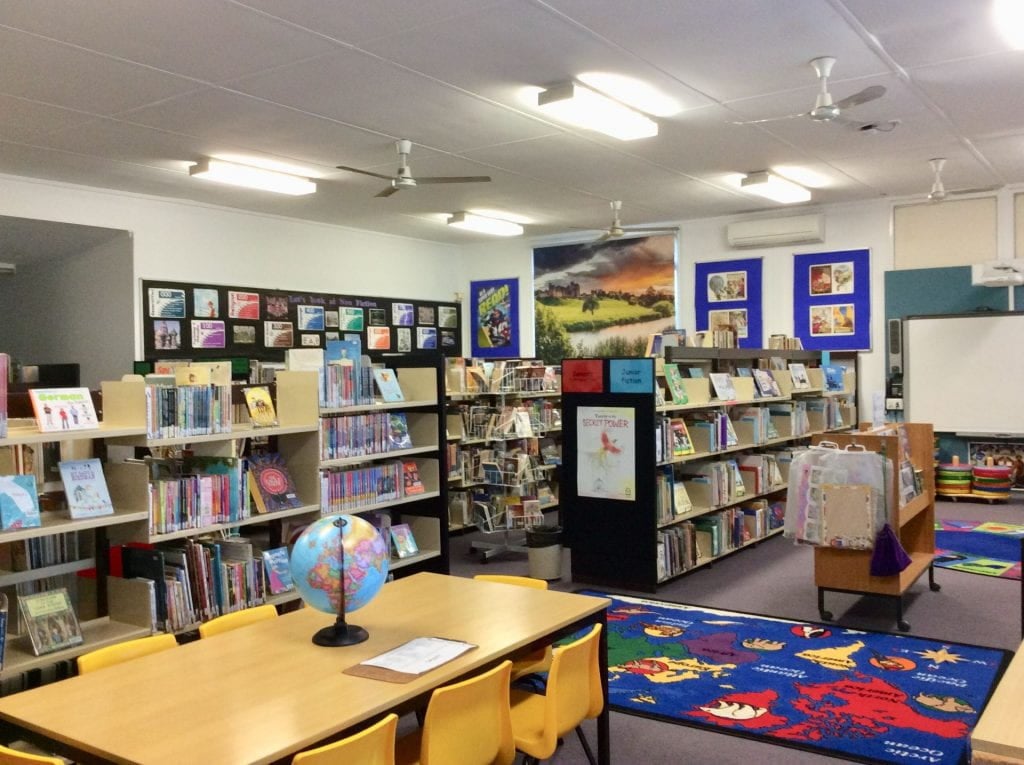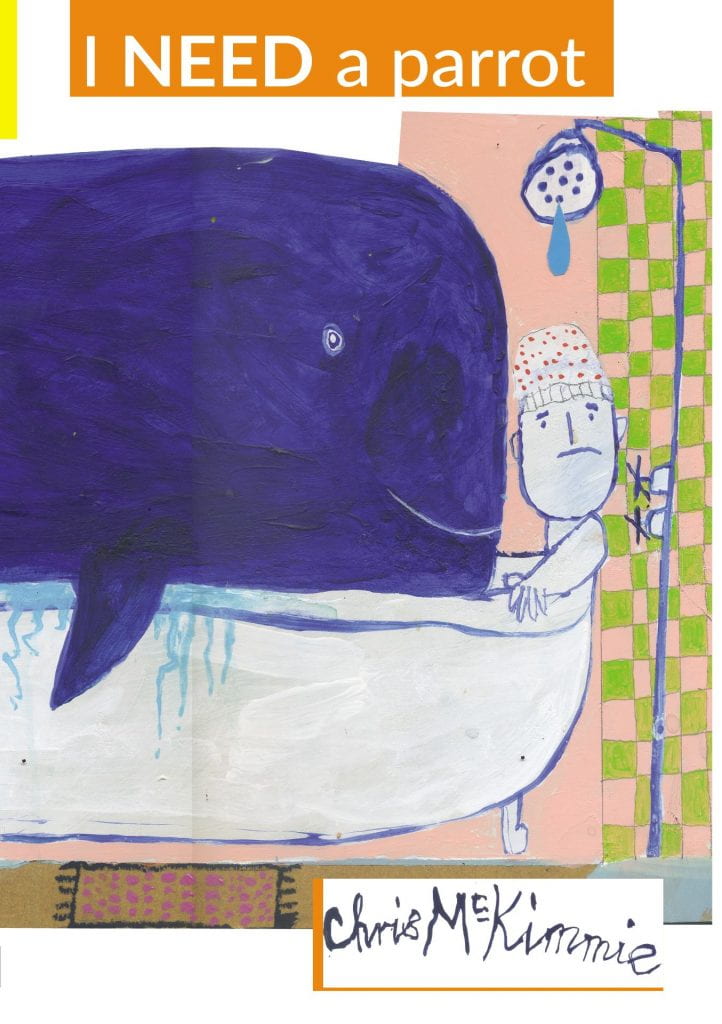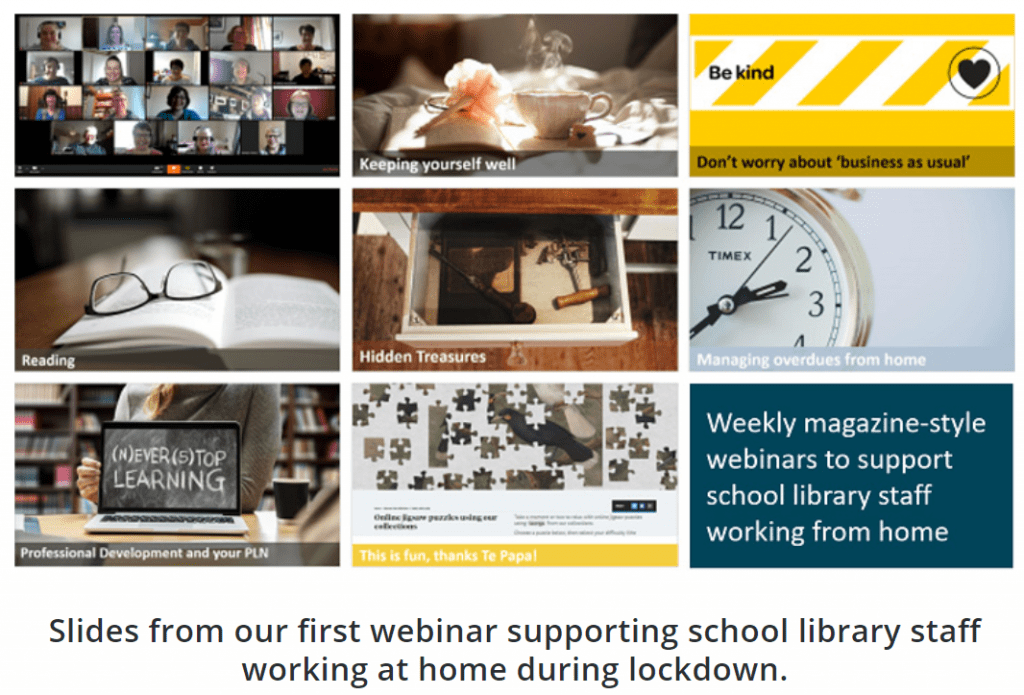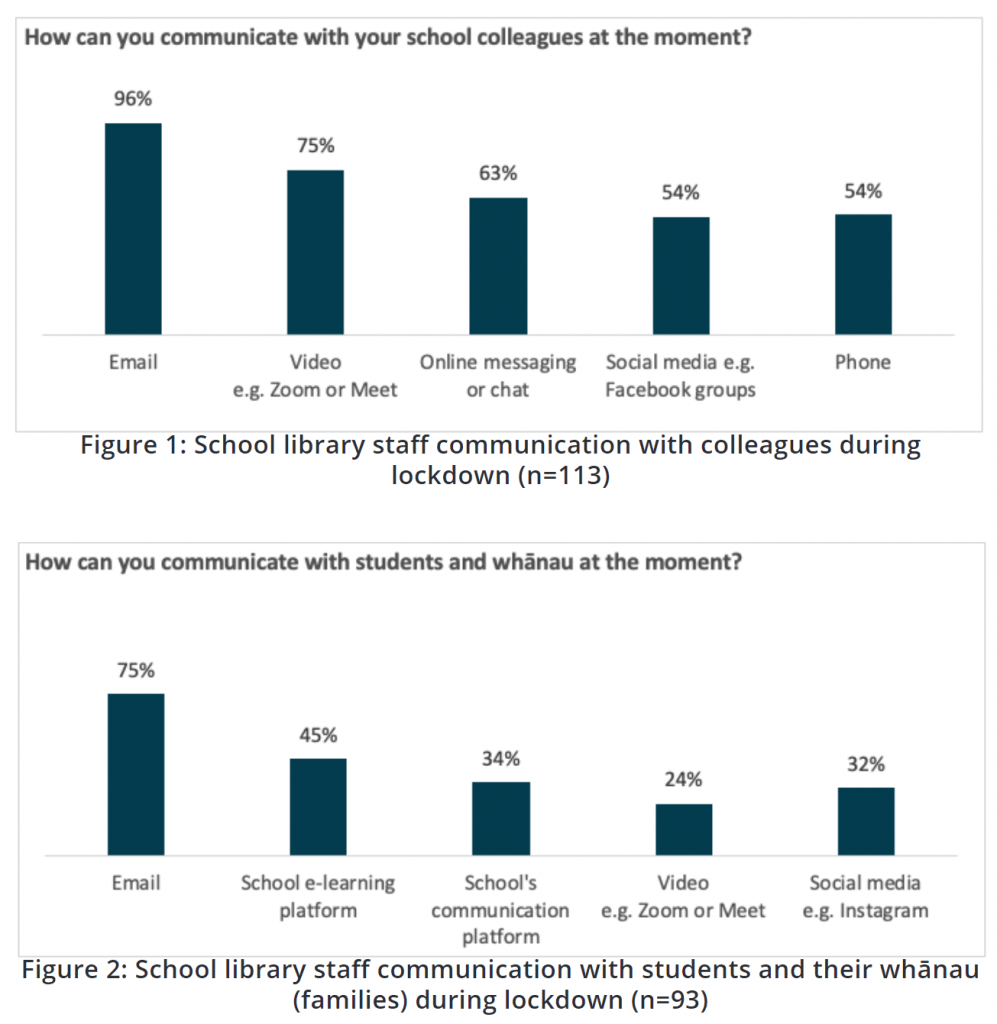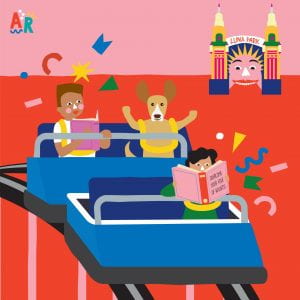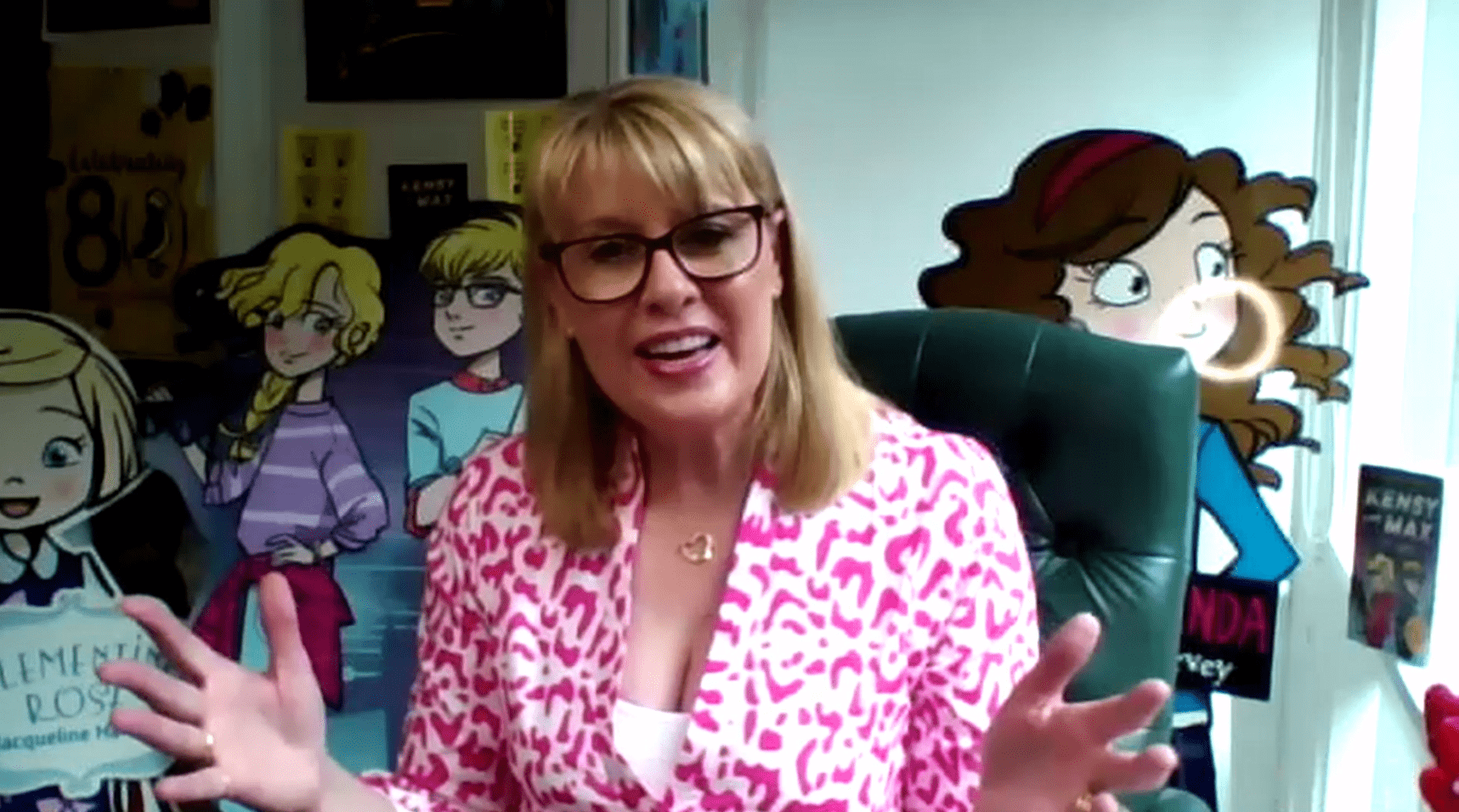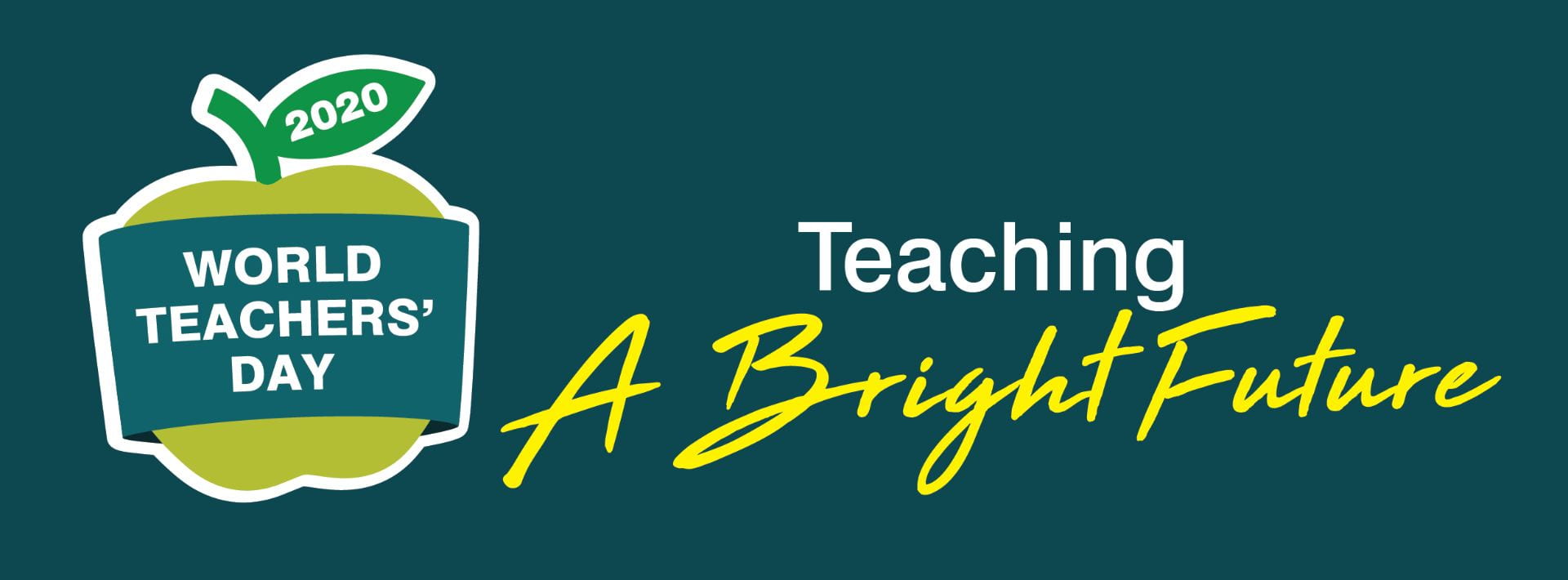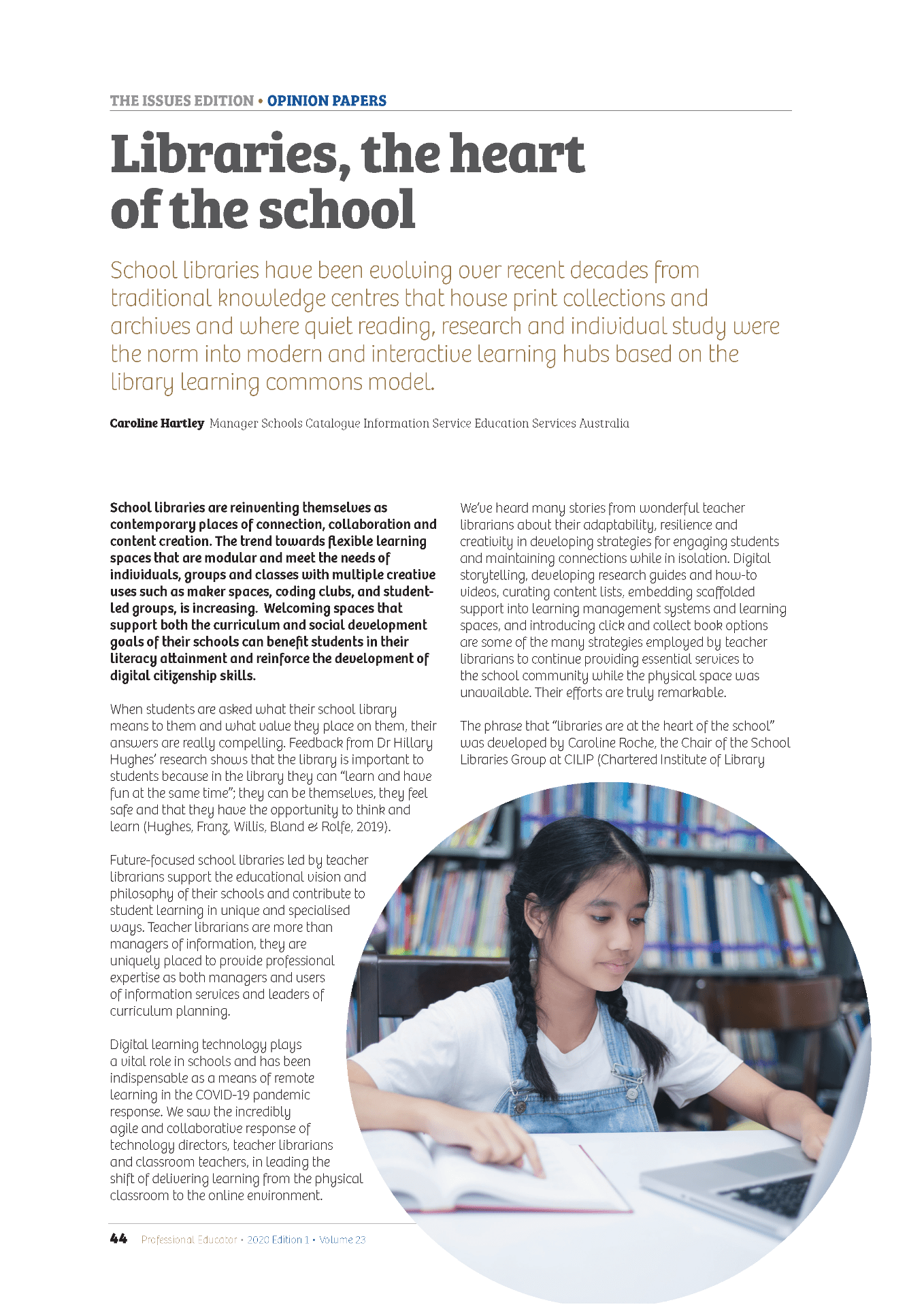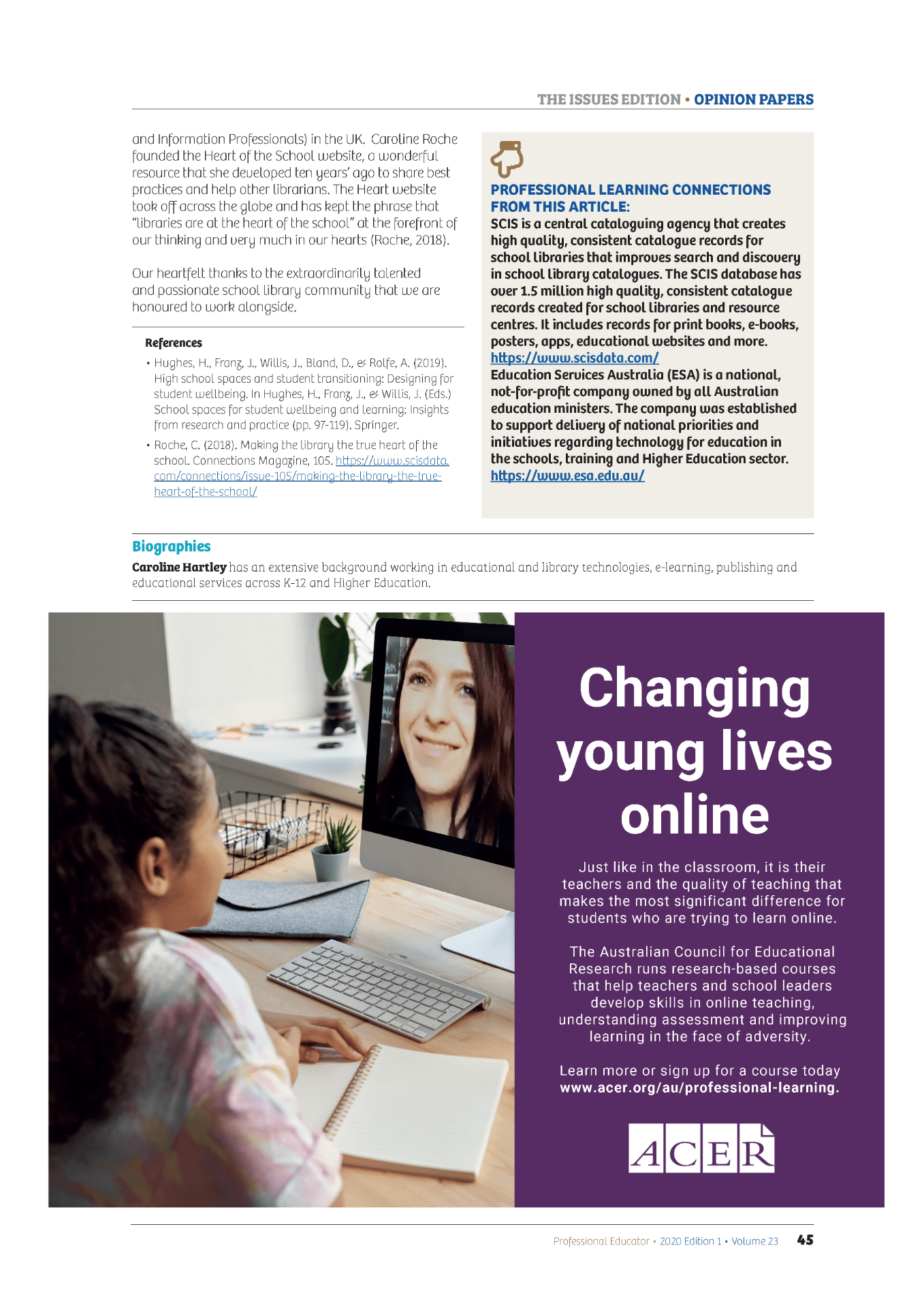
Congratulations to Anne Girolami
Learning Leader – Information Services
Mercy College, Coburg, Victoria
The winner of the ASLA Australian Teacher Librarian of the Year 2021 was announced on 13 April 2021 at the ASLA/SLASA National Conference by Kerry Pope, ASLA Vice President and presented by Caroline Hartley, SCIS Manager. The Schools Catalogue Information Service (SCIS) is the proud sponsor of this prestigious Award. This National Award recognises and honours an Australian Teacher Librarian who has made an outstanding contribution to the profession of school librarianship. Through their high level of achievement in professional knowledge, professional practice and professional engagement they have had a positive impact on teaching and learning in their school.
Principals, professional colleagues and members of the school community were encouraged to nominate their Teacher Librarian for this award. This year there were 7 nominations from across Australia for this award. All nominations received were of an extremely high standard.
The ASLA Board and Members congratulate Anne, on this significant achievement and thank her for her outstanding contribution to our profession. Anne’s passion for school libraries and Teacher Librarians has been a driving force in her career and she has devoted many hours to this cause. She has over 30 years of experience as a Teacher Librarian in School Libraries and loves sharing her knowledge and expertise with colleagues.

Anne’s work at Mercy College has been exceptional. Anne is a key member of the Curriculum and Pedagogy Team and meets regularly with her School Leaders. She works enthusiastically with the Library Team to deliver services and programs that are at the heart of learning and teaching and that are adhering to best practice in library standards. She continually shares her love of reading and literature with her students. Anne works hard with staff to analyse data and identify student needs. She works closely with teachers and support staff to build their capacity to prepare students for life-long learning. Anne is highly respected and valued by her Principal, the students, staff, parents and members of her school community.
Anne has made a significant contribution to ASLA over many years, as an active and committed member. She has served as an ASLA Board Director, presented at ASLA Conferences, reviewed policies and reported at ASLA Annual General Meetings.
Anne has led a number of joint working parties with ASLA and ALIA, responsible for reviewing and writing National Policies for Teacher Librarians. Anne was Chair of the ASLA Policy and Advisory Project Team (PAPT) to produce Evidence Guides for Teacher Librarians in the areas of Proficient and Highly Accomplished Accreditation to support AITSL’s Professional Standards for Teachers. These documents have proved to be invaluable and are referred to constantly by Teacher Librarians undertaking accreditation today. In 2019 – 2020, Anne chaired the team reviewing and updating Table 6 in the combined ASLA/ALIA publication ‘Learning For The Future’. Recommendations of minimum information services staffing were thoroughly researched and documented.
With Anne’s calm, intelligent and thoughtful leadership approach, these Working Parties progressed diligently and consistently with the task at hand, resulting in the production of current, relevant and outstanding documents for Australian Teacher Librarians.
Anne is to be highly commended for her extraordinary and exemplary work in advocacy. She has been a Fellow of ALIA since 2020 and is a long-term convenor of ALIA Schools, working hard for the promotion and development of school libraries in Australia. She is an active member of the School Library Coalition and the FAIR Great School Libraries Campaign. Anne Girolami is an extremely worthy recipient of this Award for 2021.


